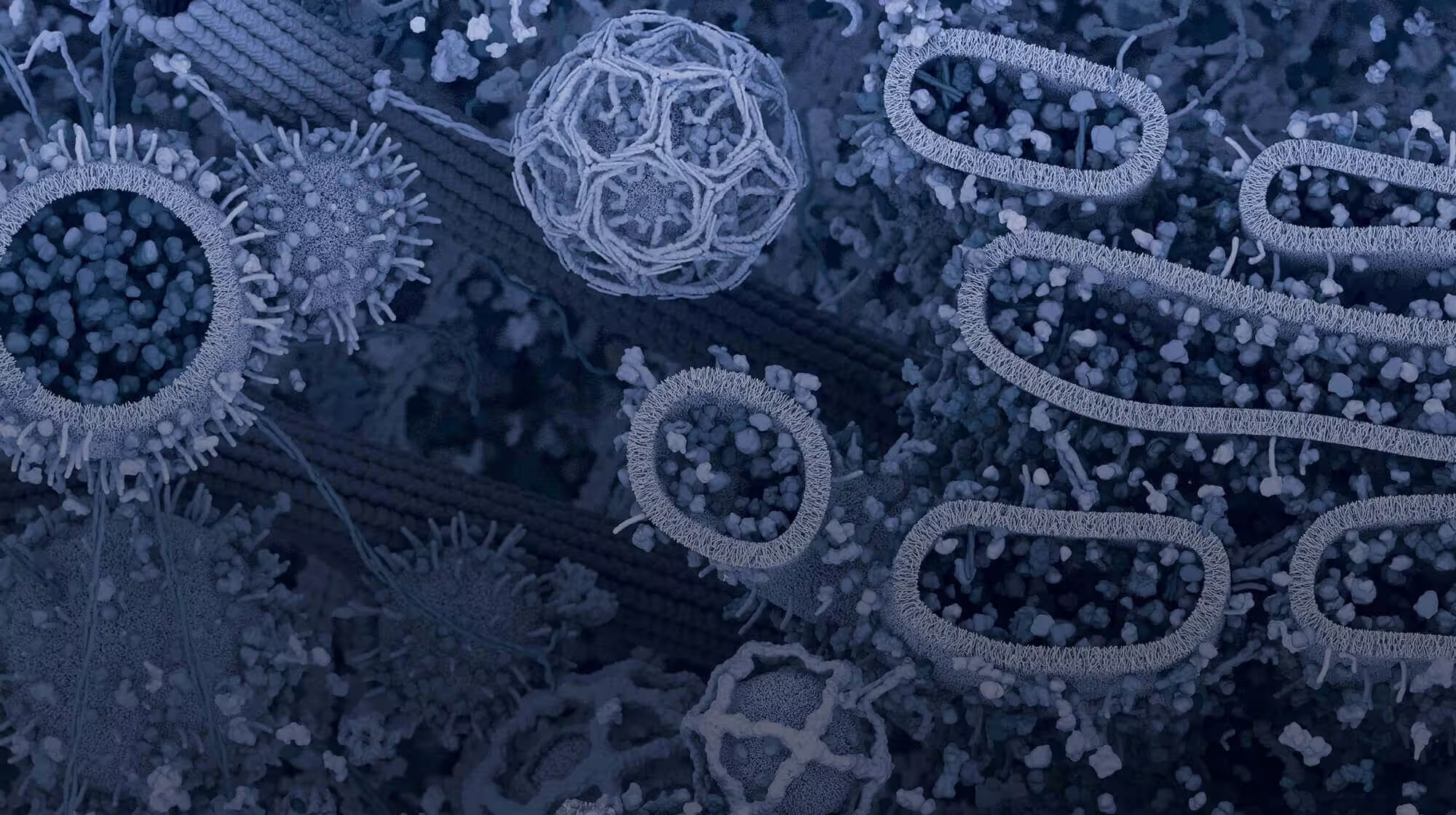
The official blog of Cell Signaling Technology, where we discuss what to expect from your time at the bench, share tips, tricks, and information.

A cell biologist by training, Ken received a PhD at Rutgers and continued as a postdoctoral fellow at Yale, where he studied cytoskeletal dynamics and signaling mechanisms involved in the cellular motility of regenerating neurons. At CST, Ken collaborates with scientists to create multimedia scientific communications. When he's not writing video scripts or in the studio, he can be observed in his natural habitat, mountain biking with colleagues on the rocky North Shore of Massachusetts.

For Research Use Only. Not for Use in Diagnostic Procedures.
© 2026 Cell Signaling Technology, Inc. All Rights Reserved.